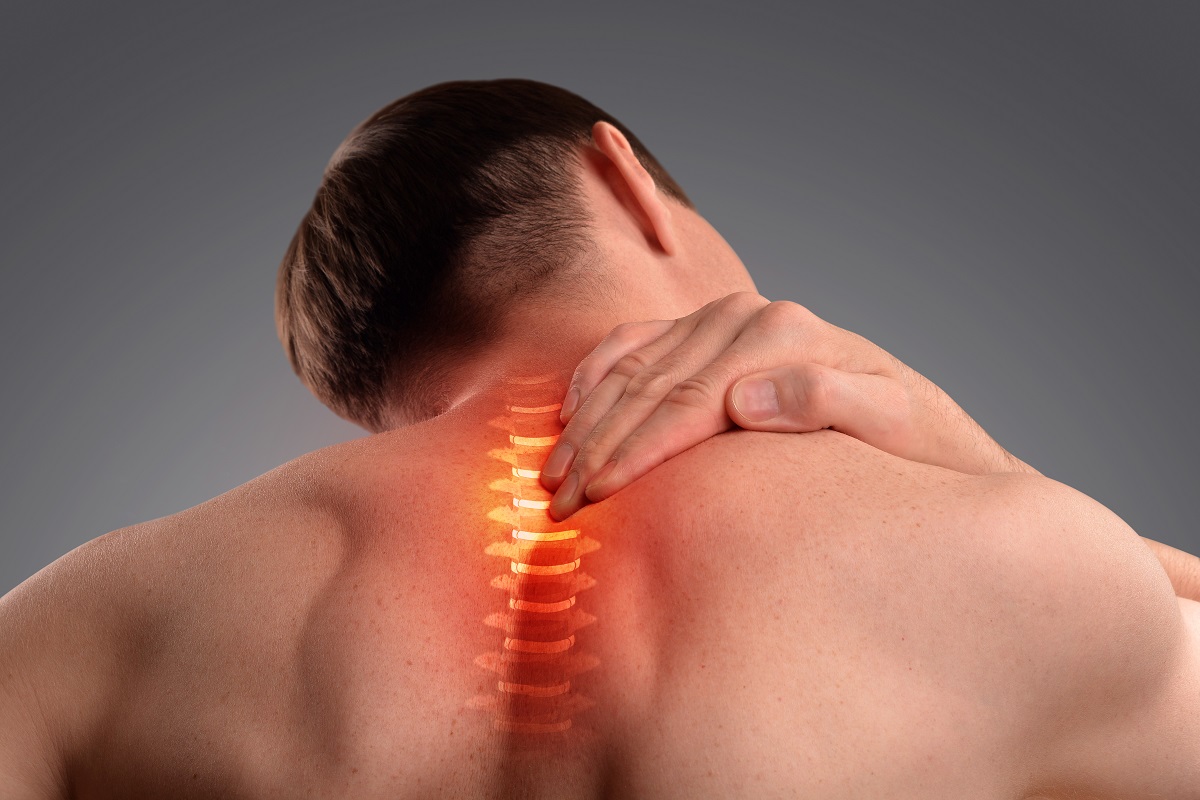Non-strenuous Tasks You Do Every Day That Might Cause a Neck Injury

Neck pain is fairly common in many people, even to those who don’t engage in strenuous activities, like sports. Sometimes, a stiff neck is what we first feel after waking up in the morning, and it would last throughout the day, causing discomfort.
The neck is a highly sensitive body part, being made up of vertebrae extending from the skull down to the upper torso. Any strain or abnormality in the bones, ligaments, and muscle in your neck would result in pain, which ranges in intensity.
If you usually experience a stiff neck despite not suffering from any injury, chances are that it’s caused by a particular activity you engage in every day. You may also need to get checked and treated by a reputable neck pain relief professional to ensure that your condition won’t have complications.
That said, let’s identify every non-strenuous activity that can possibly injure your neck.
1. Poor posture
If you tend to slouch and put your upper back and neck forward when sitting or standing, you’re suffering from poor posture, which inevitably hurts your neck. Fortunately, poor posture can be corrected through some exercises.
You can try to do a child’s pose, where you’ll have to sit on your shins with your knees together, and your toes touching. Bend forward at your hips and stretch out your hands in front of you, then slowly sink your hips back down, feeling your glutes, spine, and hamstrings stretch. Lower your forehead to the floor slowly next, and hold your position for up to five minutes, all while breathing deeply.
If you’re more flexible, a forward fold may work better for you. Simply stand up straight with your big toes together and heels slightly apart, then bend forward until your chin nearly touches your knees. Slightly bend your knees as well to decrease the tension on your hip joints, and allow your spine to stretch. Hold this position for at least a minute.
2. Working at a desk for too long in the same position
This also counts as poor posture, but since you can’t really do exercises in the office, you can instead correct your sitting position and ascertain that you’ll maintain it.
Keep your feet flat on the floor, or rest them on a footrest if your chair is too high. Position your knees at the same height or slightly lower than your hips. Ensure that your shoulders are relaxed, and that your elbows aren’t too folded when you’re typing. They should form an L-shape, with your back fully leaning against the backrest. Use a cushion if it makes you more comfortable.
3. Sleeping
If you sleep with a lot of pillows under your head, that’s most likely the culprit behind your stiff neck. Instead of doing this, sleep with only one feather or memory foam pillow, both of which hugs the shape of your neck. If you sleep on your side, be sure that your pillow is higher under your neck than your head to keep your spine straight.
Using a neck pillow when traveling or reclining also helps in preventing neck pain. Just ensure that it’s the right size, because overly large ones may force your neck to bend forward.
Signs of a More Serious Neck Pain

If your neck pain doesn’t heal after correcting your posture and sleeping position, and the following transpires, consult a doctor immediately:
- arm and/or leg weakness
- arm and/or leg numbness
- uncontrollable bladder
- uncontrollable bowel
- inability to walk
- swelling
- redness
- headache
- fever
- nausea
- vomiting
- swollen glands in the neck
Even if typical neck pains are only minor, there’s still a chance of them being more serious, so don’t downplay your symptoms. Remember that our necks are too delicate, and losing its function can mean losing most of our mobility as well.




